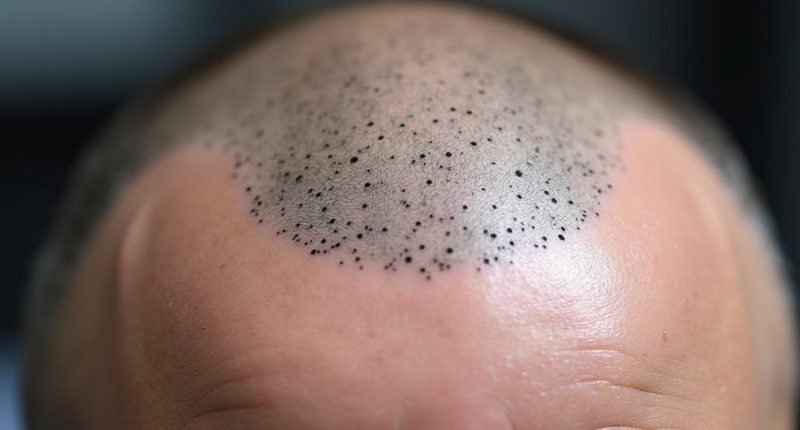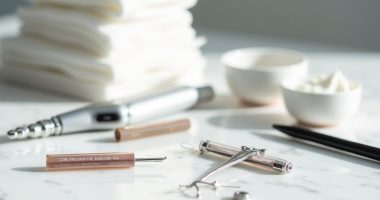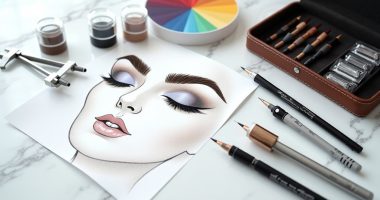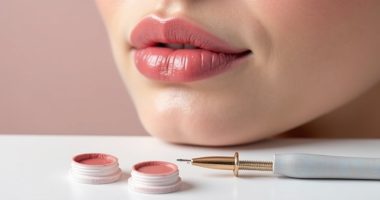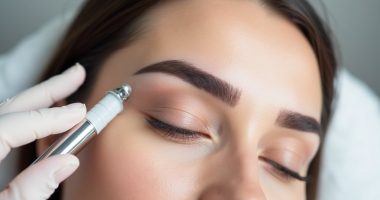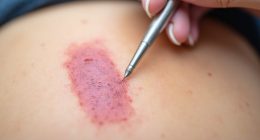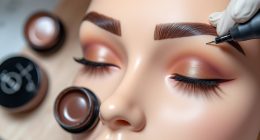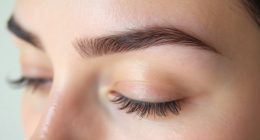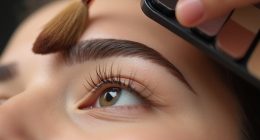Scalp micropigmentation is a non-surgical hair loss solution that creates an illusion of hair follicles using tiny pigment deposits. The procedure involves micro-needles placing dots on the scalp, mimicking a freshly shaved look or adding density to thinning areas. It works for men and women with various hair loss conditions, including pattern baldness and alopecia. Results are immediate and can last 4-8 years with proper care. Forget surgery—this alternative offers hope without the scalpel.
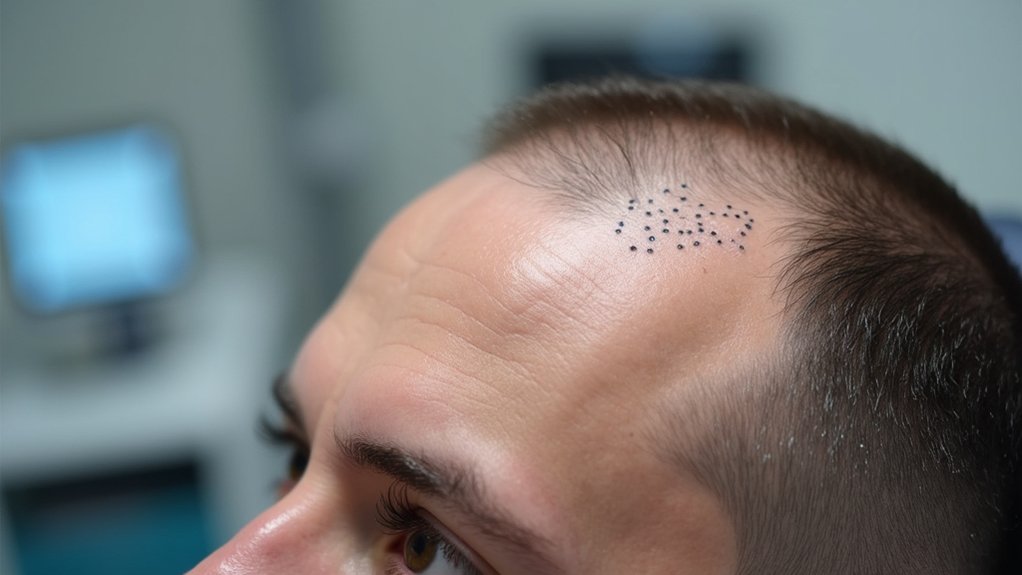
Baldness affects millions. It's not just a cosmetic issue—it's emotional. Psychological. Life-changing. But not everyone wants surgery, and some can't even get hair transplants due to insufficient donor hair.
Enter scalp micropigmentation. It's revolutionizing the hair loss industry with innovative scalp techniques that create the illusion of hair where there isn't any.
Creating the illusion of hair where none exists—that's the revolutionary magic of scalp micropigmentation.
This non-surgical procedure uses specialized equipment and micro-needles to deposit pigment into the scalp's epidermal layer. The result? Tiny dots that mimic hair follicles. Pretty clever. The pigmentation benefits are immediate and striking—patients walk out looking like they've got a freshly shaved head or denser hair, depending on what they're going for.
No waiting months for results. No painful recovery. Just results.
The typical candidate includes men and women experiencing various forms of hair loss—pattern baldness, thinning hair, alopecia. Even people with scars from previous hair transplants can benefit. The procedure works on nearly everyone. Well, except those prone to keloid scarring. They should probably look elsewhere.
Sessions take between 2-5 hours, depending on the treatment area. Most people need 2-4 treatments spaced several weeks apart for ideal results. Not exactly a quick fix, but faster than growing new hair, obviously.
Recovery is minimal. No downtime. No hospital stay. Just avoid washing your scalp or excessive sweating for about 5 days. Use gentle products when you do wash. Apply sunscreen. Simple stuff.
The longevity might surprise you—results can last 4-8 years with proper care. Many clients only need touch-up sessions every three to five years to maintain the appearance. Sure, you'll need touch-ups eventually. The sun and dry skin will speed up fading. Like permanent makeup for alopecia patients, this treatment can provide significant psychological benefits by restoring confidence and improving quality of life. Before committing, it's essential to find practitioners with positive reviews and a portfolio of before-and-after photos to ensure natural-looking results. But compared to the ongoing cost of hair systems or medications, it's economical long-term.
Price tags range from $400 to $4,000, depending on the treatment area. Not pocket change, but less expensive than hair transplants over time.
Risks exist, of course. Infection is possible if your practitioner lacks experience. Allergic reactions happen. And if done poorly, it can look unnatural. Like someone drew on your head with a marker. Do your research on providers.
For those suffering from hair loss but hesitant about surgery, scalp micropigmentation offers a viable alternative. No overnight miracle, but definitely a solution worth considering.
Frequently Asked Questions
Is Scalp Micropigmentation Painful?
Scalp micropigmentation isn't exactly a walk in the park, but it's no medieval torture either. Most folks rate it 1-4 on the pain scale—way milder than traditional tattooing.
Pain tolerance varies wildly between individuals. Some areas sting more, like temples. The healing process involves minor redness and scabbing that fades within days.
Technicians apply numbing cream beforehand. Not exactly a spa day, but definitely bearable for most people.
No pain, no gain, right?
How Long Does a Complete SMP Treatment Take?
Complete SMP treatment takes 2-4 weeks total—not exactly a weekend project.
Treatment duration depends on your scalp size and desired results. Most clients need 3-4 sessions, spaced 7-14 days apart.
Each session? Expect 2-4 hours in the chair. Session frequency is essential for proper healing between appointments.
First session's always the longest (shocker). After your final session, a touch-up might be scheduled a month later.
Then you're good to go.
Can I Go Swimming After Getting SMP?
Swimming after SMP? Not so fast. Swimming precautions are essential for proper healing.
Patients must avoid completely submerging their scalp for 4-5 days after each session. Period. No negotiating with biology here.
Full swimming isn't recommended until 30 days after the final treatment. Following aftercare instructions is non-negotiable – unless you enjoy wasting money on faded, patchy results.
When returning to water, swim caps and waterproof sunscreen become a swimmer's new best friends.
Will SMP Look Natural in Different Lighting Conditions?
Modern SMP techniques create realistic results across most lighting situations.
Yeah, it generally looks natural. But the truth? Some lighting conditions can be tricky. Harsh fluorescent lights might make dots more visible. Natural sunlight? Usually the most flattering. Bathroom mirrors? Sometimes the worst offenders.
Professional artists understand lighting effects and compensate accordingly. Quality work should pass the "different lighting test" with flying colors.
Cheap work? Not so much. The artist's skill level makes all the difference here.
Can Scalp Micropigmentation Be Combined With Hair Transplants?
Yes, SMP and hair transplants make excellent partners. The synergy effects are impressive—SMP fills in gaps between transplanted follicles, creating the illusion of greater density.
Pretty smart combo, actually. Recovery timeline matters though. Patients should wait 6-12 months after transplants before getting SMP.
The micropigmentation conceals any transplant scars and enhances the hairline definition. For guys with limited donor hair, this combination is a game-changer.
Not a miracle, but close enough.
